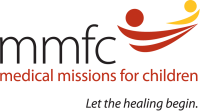Our Patients
Since the time of our first volunteer team traveling to Ecuador in 1991, Medical Missions for Children has expanded to caring for destitute children at twenty-three sites in eleven different countries. The central tenet of our commitment to the communities we serve is to return to each site a least once every year.
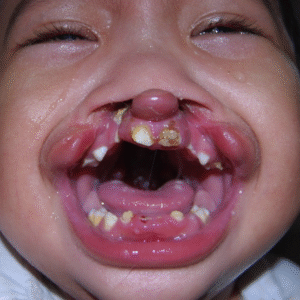
Neil was born in Tondo, the most overcrowded and crime-ridden district in the Philippine capital of Manila. With an estimated 200,000 inhabitants per square mile(this is not a misprint), Tondo provides its citizens with minimal access to education, no access to modern healthcare, and zero sanitation. This is Neil on the day he presented to our surgical team, and one day after corrective surgery.
.
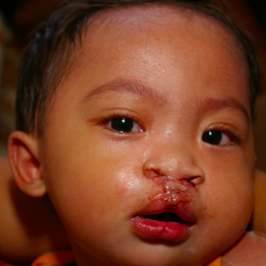
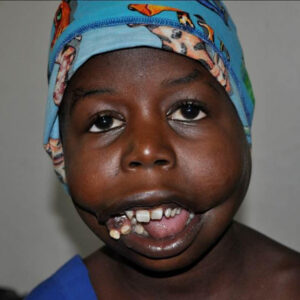
Jean Paul, who was born with a very rare and extreme facial deformity, was eight years old when he first came to see our team in Gitwe, Rwanda. Having heard cries of ingurube umu— pig boy—whenever he was seen by other children, Jean Paul never left the confines of his grandmother’s two-room hut in the village of Masango, along Rwanda’s northern border. This is Jean Paul two days after corrective surgery, and after returning home later that week, he attended school for the first time.
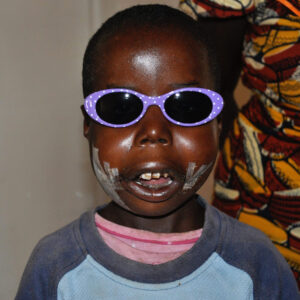
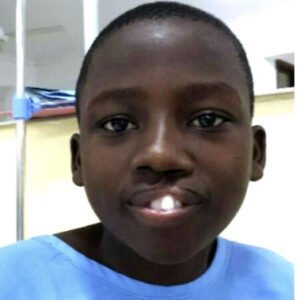
Jasmine lives in the town of Ankarana at the northern tip of Madagascar. She had no access to care for her cleft lip until her family learned of our team of volunteers working in the capital city of Antananarivo. As evident (right photo), she made a full recovery—and, for the first time in her life, Jasmine had the chance to smile into a mirror.
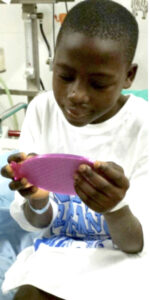
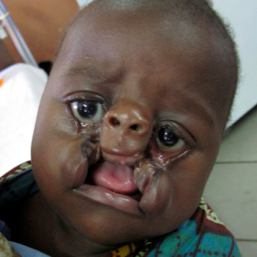
Tobias, an otherwise healthy eight-month-old who lived in a refugee camp along Tanzania’s western border, presented to our team in Dar es Salaam after traveling for two and a half days in his mother’s arms. Tobias was born with a very rare complete facial cleft on both sides, and he made a complete recovery after a four hour operation. By way of the hospital’s dedicated nursing staff, Tobias and his mother found permanent housing in a local community.
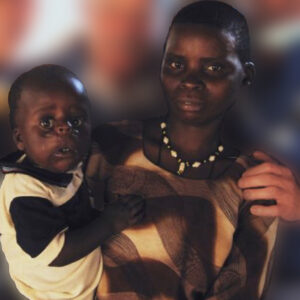
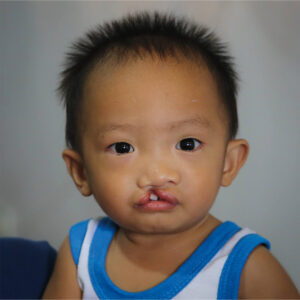
Zairone came to our facility in Guatemala when she was eleven months old, undergoing cleft lip repair. The photo on the right shows Zairone one year later, being readied for repair of her cleft palate.
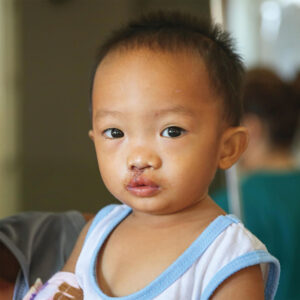
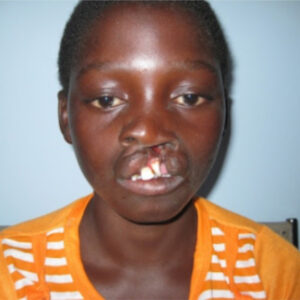
Angeline, at thirteen, came to see us for repair of a left-sided cleft lip. The photo on the right shows Angeline three years later, when she returned seeking help for her newborn son, who was born with a bilateral cleft lip. Cleft deformities have a very strong genetic component, and our surgical teams often treat multiple members of a given family.
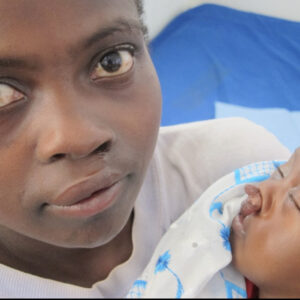
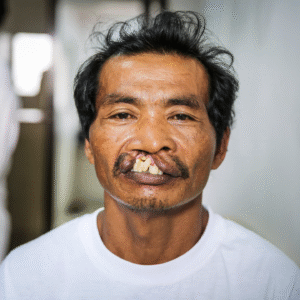
Alfredo had lived every day of his 54 years with an unrepaired cleft lip, having never before received treatment for the most common reason MMFC teams see adults who desperately need our help—there was no one anywhere near his home to care for him. Alfredo, having dropped out of school at the age of eight due to relentless bullying and ridicule, could not read or write. A relative, however, saw an MMFC banner in the Philippine city of Angeles, telling of our charity providing free care at a local hospital. When family came in to bring Alfredo home the day after surgery, they did not recognize him. When Alfredo looked into a mirror, he did not recognize himself.
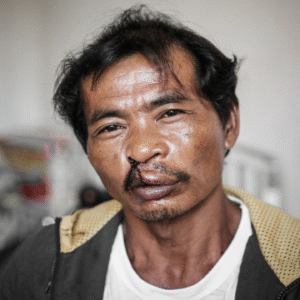
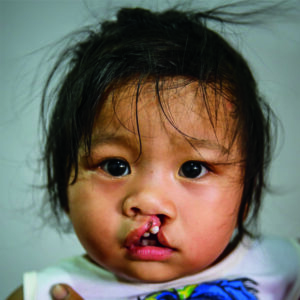
Joezer presented to our Angeles City team in the Philippines when she was thirteen months old, having twice been hospitalized with respiratory infections since her birth. As there was no evidence of residual infection when she was screened by MMFC physicians, she underwent successful surgical repair of her cleft lip deformity.
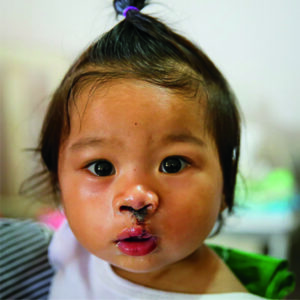
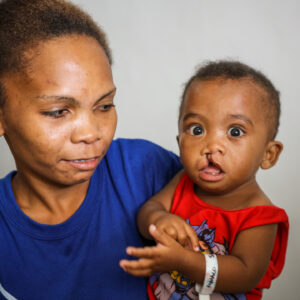
Matteo, age eleven months when he presented for evaluation, is part of an indigenous ethnic group known as the Aetas, who are believed to be descendants of the Philippines’ original inhabitants on the island of Luzon. Aeta communities historically avoid seeking “modern” medical care, but as other members of Matteo’s family were born with birth defects, his parents worked eighteen hour days to raise the money for travel to our hospital so their youngest son could undergo right sided cleft lip repair. Our team provided a means for Matteo and his family to return home safely two days after surgery.
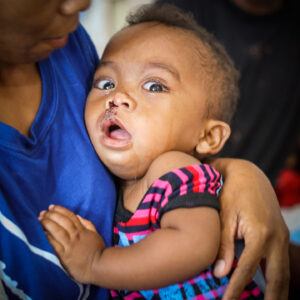
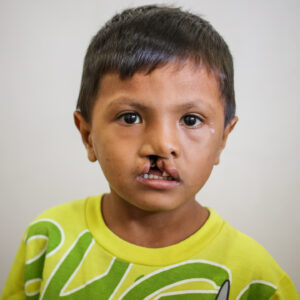
Michael, age six, lived with his six siblings and patents in a one room bamboo and thatched roof hut in a mountainside village near Angeles City in the Philippines. As with many children with an untreated birth defect, Michael refused to attend school due to the verbal and physical abuse he experienced there day after day. After a full recovery from cleft lip repair, Michael was seen by the MMFC speech pathology team, with every hope of that he will return to school in the near future.
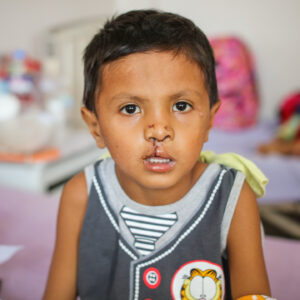
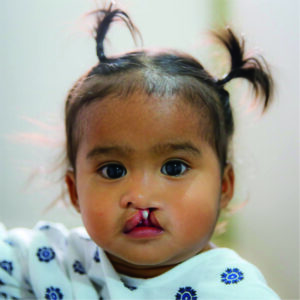
Jastine was born to a young mother who lived in a remote village on Mindoro Island in the Philippines. With the help of a relative who knew of an MMFC team working at a hospital in Batangas City, Jasmine was evaluated and underwent successful cleft lip repair later that week.
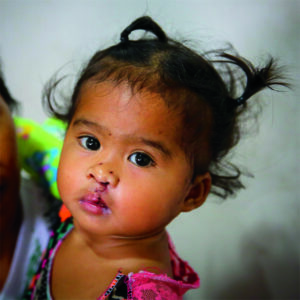
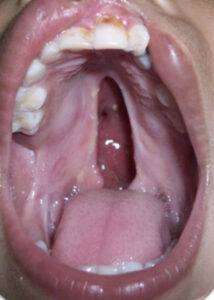
Without surgical correction of a cleft palate, affected children face a life of immense challenges in regards to their speech, their swallowing, their hearing, and recurring respiratory infections. Aritra, a child from Phalodi, India, presented with a complete cleft of the lip and palate(photo on the left). The photo on the right was taken two weeks post surgical correction. The visible sutures dissolve approximately four week after surgery, which allows for complete healing of the muscle layers. The swelling seen on the inner surface of the upper lip is normal after surgery and resolves slowly with time.
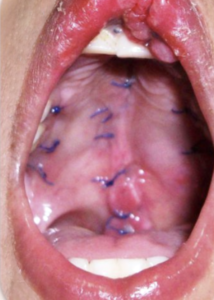
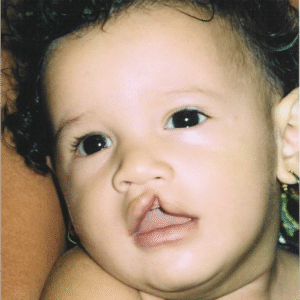
Mariella was born with a left-sided cleft lip(photo on left), which was repaired when she was eleven months old. Her family brought her back to see our team the following year (middle photo), and again years later on the occasion of her 15th birthday(photo on the right), a celebration known throughout Latin America as la quinceanera. Mariella’s family told us that she was an excellent student and an aspiring teacher, with plans to attend college in her native city of Quito, Ecuador.
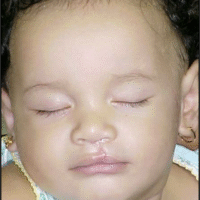
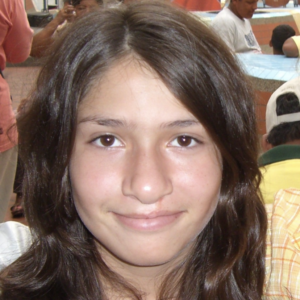
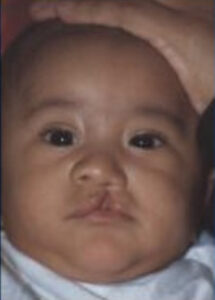
Diego, from Quito, Ecuador, underwent cleft lip repair at age three months. He followed-up one month later, again at age nine years(seen with his mother), and again when he was twelve years old.
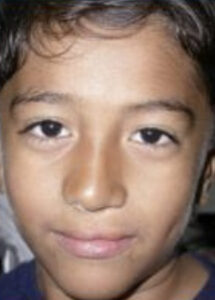
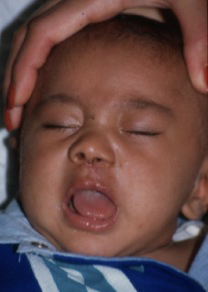
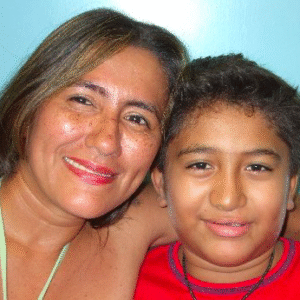

Graciela, from a rural township in Guatemala, seen prior to surgery at age three months, and at her follow-up two years later.
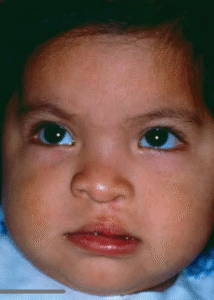
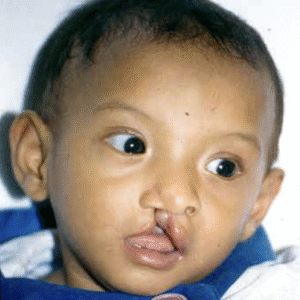
Pepe is from a mountainous region of Peru, at age ten weeks, and twelve years later.
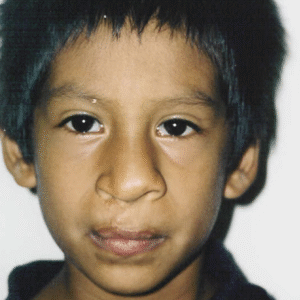
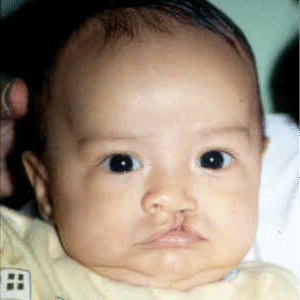
Martin, age four months, from the Philippine island of Leyte, was one of ninety children evaluated on MMFC’s initial visit to the city of Tacloban. At right, Martin at age ten.
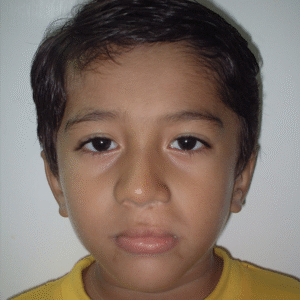
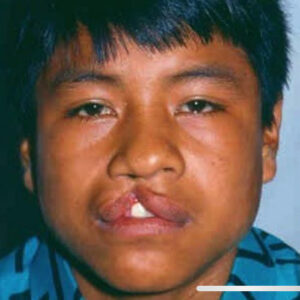
MMFC has carried out over fifty missions in Ecuador, and Andres, who was under the care of a distant relative, presented to our team in Quito at age eleven. He underwent surgical repair of a right-sided cleft lip, and followed-up with our team a year and a half later.
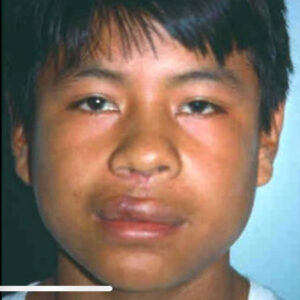
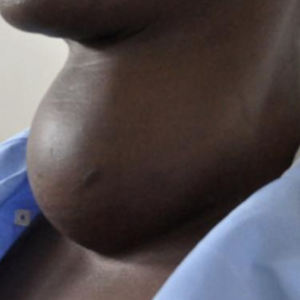
Several years before the (photo on the left) was taken, Helena, an otherwise healthy mother of six from Butare, Rwanda, began to notice a painless swelling in her neck. By the time she presented for evaluation by our team in the capital city of Kigali, the neck swelling had become massive and debilitating. This neck tumor, known as a giant goiter, is remarkably common in the countries of central Africa. It is a non-cancerous growth, and generally caused by a lack of iodine in the diet. The photo on the right shows Helena one day post surgery.
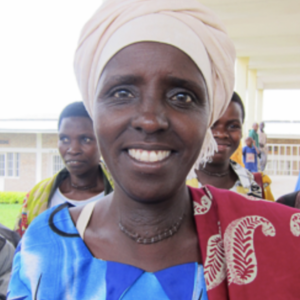
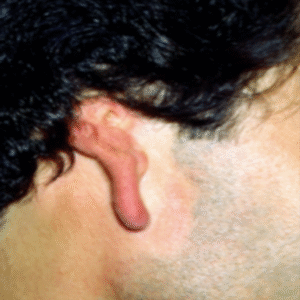
Tomas, age fourteen, from Quito, Ecuador, was born with a severe anatomic deformity of his outer ear, a defect known as microtia. Microtia is a relatively uncommon birth defect, and while the exact cause remains unknown, genetic predisposition, decreased blood supply to the developing ear, and environmental factors likely play a role. MMFC has been caring for Ecuadorian, Guatemalan, and Peruvian children born with microtia for over thirty years, and as the incidence of this deformity is markedly higher in the mountainous regions in and around Quito, Ecuador—an incidence five times greater than anywhere else in the world— high altitude is likely a contributing factor. Over the course of twelve months, Tomas underwent a three-stage reconstruction of his outer ear, with complete healing
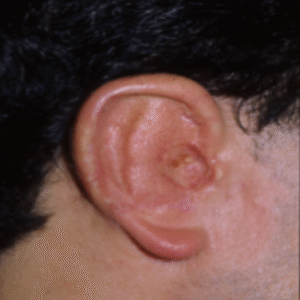
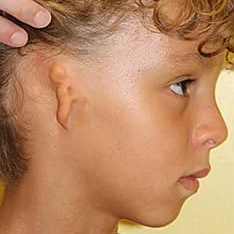
Rafael, age eight, was born in a remote region of the Peten Basin tropical rainforest in northern Guatemala. As with Tomas, he was born with right-sided microtia. Rafael underwent successful three-stage reconstruction of his ear by the MMFC team in Antigua, Guatemala, where we have completed over eighty volunteer missions since 1996. As with all children and teens who have had successful surgical reconstruction of the outer ear, Rafael can undergo assessment for a device known as a bone-anchored hearing aid, which will restore his hearing on the affected side. MMFC is in the process of initiating a program where this device can be fitted at no cost to the child’s family.
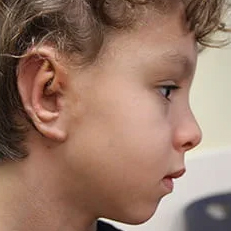
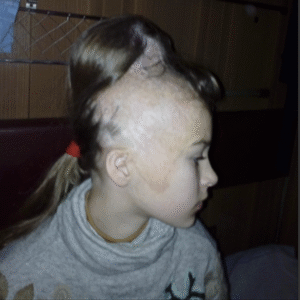
Olya, a Twelve-year-old from Chervonohrad, Ukraine, sustained a full-thickness burn to her scalp in a house fire that claimed the lives of both her parents and one of her older brothers. To replace the loss of nearly half her scalp skin, Olya underwent a process known as soft tissue expansion, where a flat, expandable prosthesis is surgically implanted and then slowly, and painlessly, inflated over the course of many weeks. The large swelling seen on Olya’s scalp (the photo on the left) is due to a previously placed tissue expander, which allows healthy, hair-bearing skin to grow and, weeks later, used to replace the permanently injured scalp skin. The (photo on the right) shows Olya after multiple stages of this procedure.
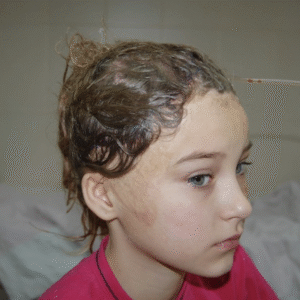
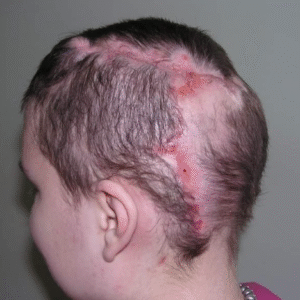
Viktor, a Thirteen-year-old native of L’viv, Ukraine, came into contact with a downed power line while playing futbal in his schoolyard. After multiple stages of scalp skin expansion, the injured skin was replaced with normal, hair-bearing skin.

